The Effect of World War I on American Fashion
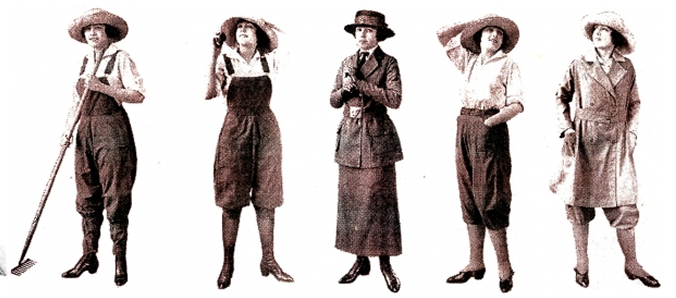
by Kendra Van Cleave, First published for the March/April 2005 issue of Finery
By 1913, the characteristic Edwardian female silhouette, with its tightly corseted body and long skirts, had given way to a straight, high-waisted look that was thought to be more “natural” than previous styles. As the decade progressed, women’s fashions grew less restrictive, and flared skirts, loose jackets, and less confining foundation garments became the norm. Men’s fashions grew similarly relaxed during this period; although the suit remained the essential male outfit, versions that were originally worn only for casual or sports wear became acceptable street and office wear.
Paris had long been the center of the fashion world and most American couturiers and department stores sold either copies of French designs or used French labels to sell what were in truth American designs. However, the outbreak of war threw the French fashion industry into disarray. Shipping of both supplies and finished goods became exceedingly difficult, and U.S. store buyers increasingly came to rely on overtly American designs.
Before the war, natural fiber fabrics were used for virtually all clothing. Once the United States entered the war, however, most of these textiles were appropriated by the military, and fabric for civilian usage became extremely scarce. In order to meet civilian demand and to free up valuable resources for the war effort, manufacturers experimented with alternatives such as remanufacturing wool, substituting cotton in place of wool, and using artificial fibers as a replacement for silk.
The Commercial Economy Board made a series of style recommendations in an effort to limit the amount of materials used for civilian clothing and to reduce the need for new clothing purchases. Manufacturers were asked to maintain basic styles and silhouettes, design standard fabrics, and avoid details that wasted fabric. Fashion magazines and pattern companies promoted mending and remodeling as a patriotic duty.
Women increasingly substituted simple “all day” one-piece dresses or suits for the occasion-specific pre-war styles, and men’s jackets became shorter, sleeves and trouser legs narrower, and decorative touches such as belts, pleats, and patch pockets disappeared.
Women’s widespread entry into the workplace, taking over jobs vacated by enlisted men, affected prevailing fashions as well. Working women needed simpler, less restrictive clothing, and the relatively shorter and wider skirts popularized during the war allowed greater range of movement. In addition, the notion that women were taking on traditionally male tasks made tailored styles such as the suit seem more appropriate to women’s new responsibilities.
The restrictions of the war years and women’s changing social roles caused many Americans to prefer simpler clothing long after the end of World War I. While Paris reasserted itself as the center of the fashion industry, the war’s brief break from international competition laid the groundwork for American designers and manufacturers to claim a share of the fashion market. Meanwhile, the focus turned to those designers who successfully captured Americans’ desire for “modern,” practical, but still fashionable, clothing.
Furthermore, manufacturer’s experiments with new production techniques and materials during the war years laid the groundwork for innovations in the post-war era.

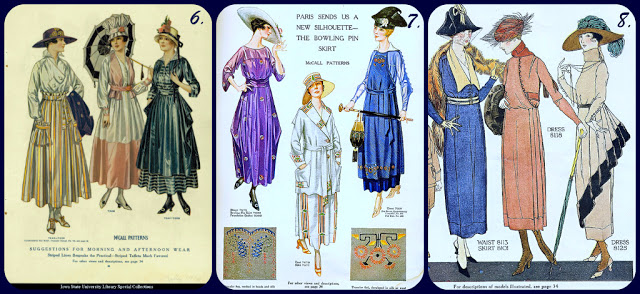
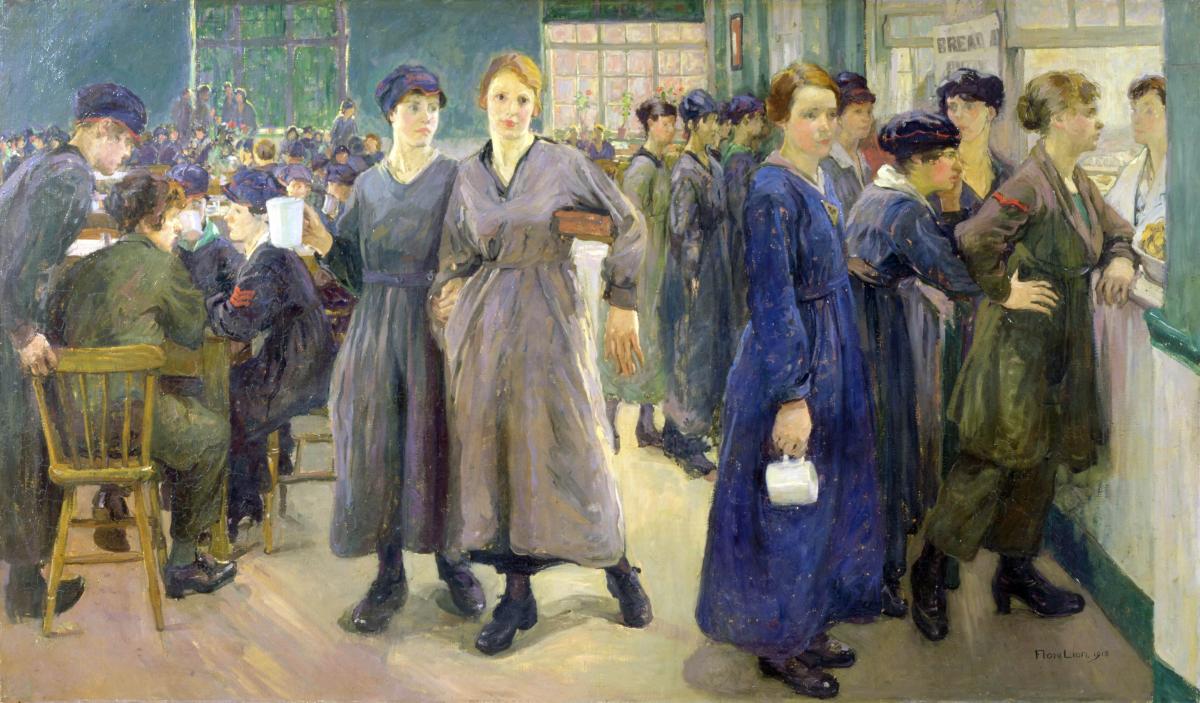
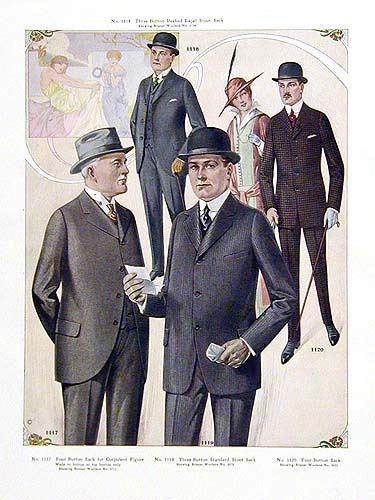
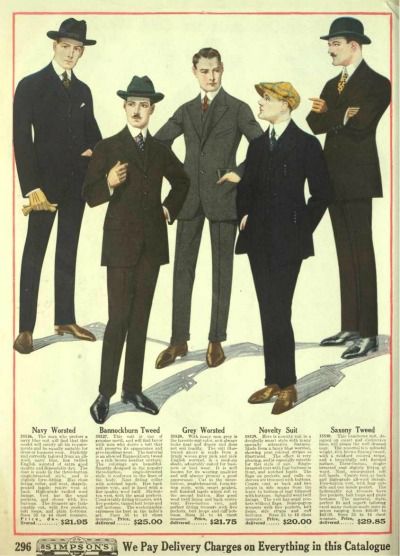
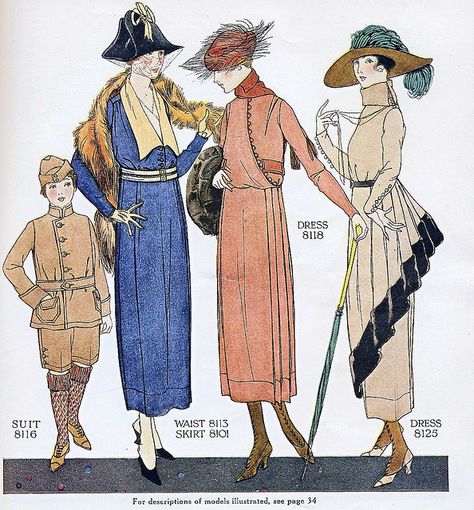
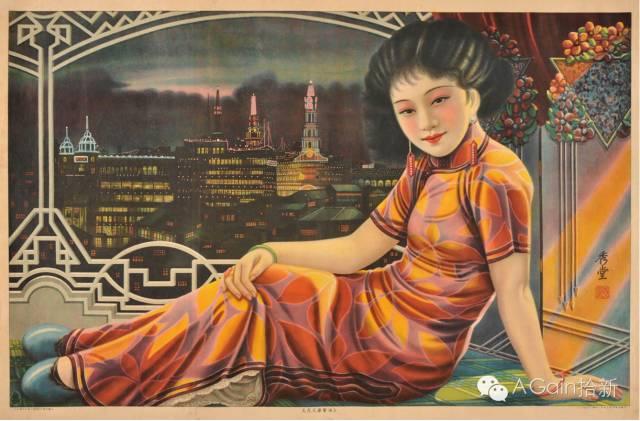

Leave a comment